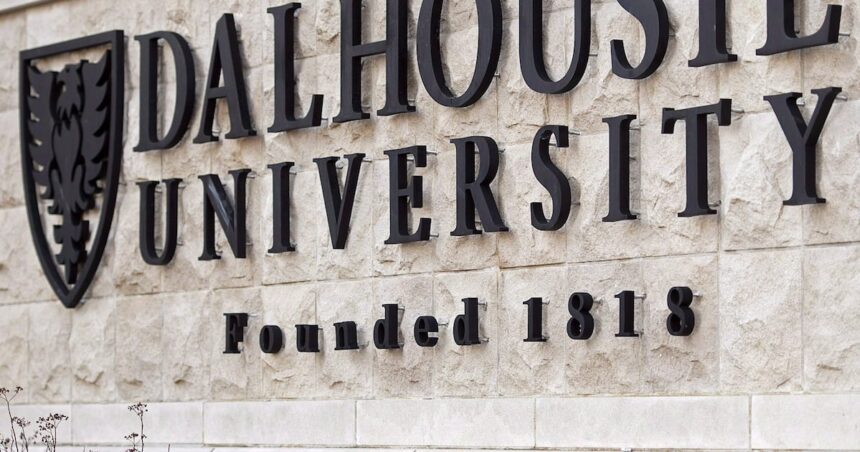The cool summer breeze from Halifax Harbour did little to ease Martin Delorme’s constant pain as he walked along the boardwalk last summer. At 43, the New Brunswick native had spent most of his life managing the burning sensations in his hands and feet – hallmark symptoms of Fabry disease, a rare genetic disorder that had shaped his existence since childhood.
“Some days, it felt like walking on broken glass,” Martin told me when we met at a quiet café near Dalhousie University’s medical campus. “You learn to live with it, but you never really get used to it.”
Today, Martin speaks about that pain in the past tense. He’s one of five Canadian patients participating in groundbreaking gene therapy research led by Dr. Aneal Khan from the University of Calgary and Dr. Michael West from Dalhousie University. The early results are offering something rare in the world of genetic disorders: hope.
Fabry disease affects approximately one in 40,000 Canadians, though experts believe many cases go undiagnosed. The condition stems from mutations in the GLA gene, which provides instructions for making an enzyme called alpha-galactosidase A. Without sufficient amounts of this enzyme, harmful substances called globotriaosylceramide (Gb3) accumulate throughout the body, causing progressive damage to tissues and organs.
“What makes Fabry particularly challenging is its unpredictability,” explained Dr. West when I visited his laboratory at Dalhousie. “Some patients primarily experience neurological symptoms – pain, burning sensations, reduced ability to sweat – while others develop life-threatening complications in their heart, kidneys, or brain.”
Current standard treatments involve enzyme replacement therapy – regular intravenous infusions that provide the missing enzyme. While effective for many patients, these treatments require biweekly hospital visits for the rest of a patient’s life, at a cost exceeding $300,000 annually.
The gene therapy approach takes a fundamentally different path. Rather than repeatedly supplying the missing enzyme, it aims to give the body back its ability to produce it.
“We’re essentially correcting the underlying genetic problem,” Dr. Khan explained over a video call from Calgary. “Using a viral vector, we deliver a functional copy of the GLA gene to the patient’s liver cells, enabling them to produce the enzyme they’ve been missing.”
In Martin’s case, the transformation has been remarkable. Six months after receiving the one-time treatment, his pain has diminished significantly, and laboratory tests show his enzyme levels approaching normal ranges.
“The first thing I noticed was being able to sleep through the night,” Martin shared, a hint of wonder still present in his voice. “For decades, I’d wake up with burning pain. Then suddenly, I slept eight hours straight. My wife couldn’t believe it.”
While Health Canada has not yet approved gene therapy for Fabry disease, the research represents a potential paradigm shift in treatment. According to a 2023 report from the Canadian Organization for Rare Disorders, gene therapy could eventually reduce lifetime treatment costs by 40-60% compared to enzyme replacement therapy, while potentially offering superior outcomes.
However, accessibility remains a major concern. Dr. Julie Hepburn, a medical ethicist at the University of British Columbia whom I’ve interviewed for previous healthcare coverage, cautions that even if approved, gene therapies often come with astronomical price tags.
“The promise of ‘one and done’ treatments is incredibly appealing,” Dr. Hepburn said. “But if these therapies cost millions per patient, we face difficult questions about how our healthcare system can provide equitable access.”
For Indigenous communities, where certain rare diseases occur at higher rates, these questions become even more pressing. Miranda Keesick, a health advocate from Cross Lake First Nation in Manitoba, emphasized the importance of including Indigenous perspectives in research and access planning.
“When we talk about genetic medicine, we need to ensure Indigenous communities have a voice in how these technologies are developed and distributed,” Keesick told me. “There’s a history of exclusion that we’re still working to overcome.”
The gene therapy trial for Fabry disease represents just one example of Canada’s growing presence in the field. From Dr. Jacques Galipeau’s work on gene therapies for autoimmune disorders at the University of Wisconsin-Madison (formerly at McMaster University) to groundbreaking research on hemophilia at Toronto’s Hospital for Sick Children, Canadian researchers are increasingly at the forefront of genetic medicine.
When I visited the Canadian Science Policy Conference in Ottawa last fall, gene therapy was the subject of multiple panels. Experts projected that by 2030, gene therapy approaches could be in development for dozens of the estimated 7,000 rare diseases identified worldwide.
For patients like Martin, however, statistics and projections mean little compared to the tangible relief they’ve experienced. As we concluded our conversation, he pulled out his phone to show me something.
“These are from last weekend,” he said, scrolling through photos of himself hiking along the rugged coastline of Cape Breton. “Five kilometers over rocks and hills. I couldn’t have done that six months ago.”
While researchers caution that long-term data is still needed to confirm the durability of treatment effects, Martin and the other trial participants represent a powerful proof of concept. Their experiences suggest that for some of the most challenging genetic conditions, science may finally be catching up to need.
As Dr. West told me before I left his laboratory, “This isn’t just about treating Fabry disease. It’s about proving that for conditions we once considered manageable at best, actual healing might be possible.”
For thousands of Canadians living with rare genetic disorders, that possibility feels revolutionary.






